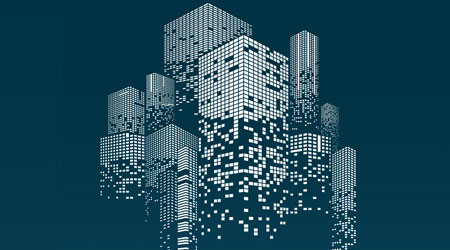Managing Data and Energy Use During the Pandemic
Smart building data is more critical than ever before during the pandemic. Here are some tips from experts on how to keep energy use manageable, even with lower occupancy.
Conventional wisdom would be that while buildings continue to have lower occupancy as the pandemic drags on, energy use should decrease. But a lot of data emerging now is showing that not to be the case.
According to a report by Hatch Data, when buildings in this “new normal” are 62 percent occupied, they’ll be using as much energy as they did when buildings were 94 percent occupied. The reason is simple: Higher ventilation rates, which many buildings are now using as a health measure to flush a building’s air more frequently, require more energy.
So what can facility managers do to account and plan for this expected spike in energy use and cost? It’s a careful balancing act to manage and mitigate the possible increased energy use for improved ventilation, but also use a data-based approach to assure occupants that the building is contributing to their health, wellness, and safety. And it all starts with the right data, presented in the right way.
“Tenants and occupants are much more aware of what’s happening in their space now,” says Saagar Patel, operations director, Energy + Eco, for Environmental Systems Design. “No one cared about outside air or ventilation before. But now, transparency has become really important. So you have to have the right data and data streams.”
Patel says he recommends having dashboards either on the web or physically inside a space that shows the traditional data points, like standard measurements like temperature, but expands to show how many air changes per hour the HVAC is currently producing, carbon dioxide levels, the humidity level in the space, how clean the air is if the space has air purifiers, and even the MERV rating of air filters.
“A healthy building and energy efficiency are not always directly related,” says Patel. “But with data and analytics, you have more tools now to balance these outcomes.”
Related Topics:










